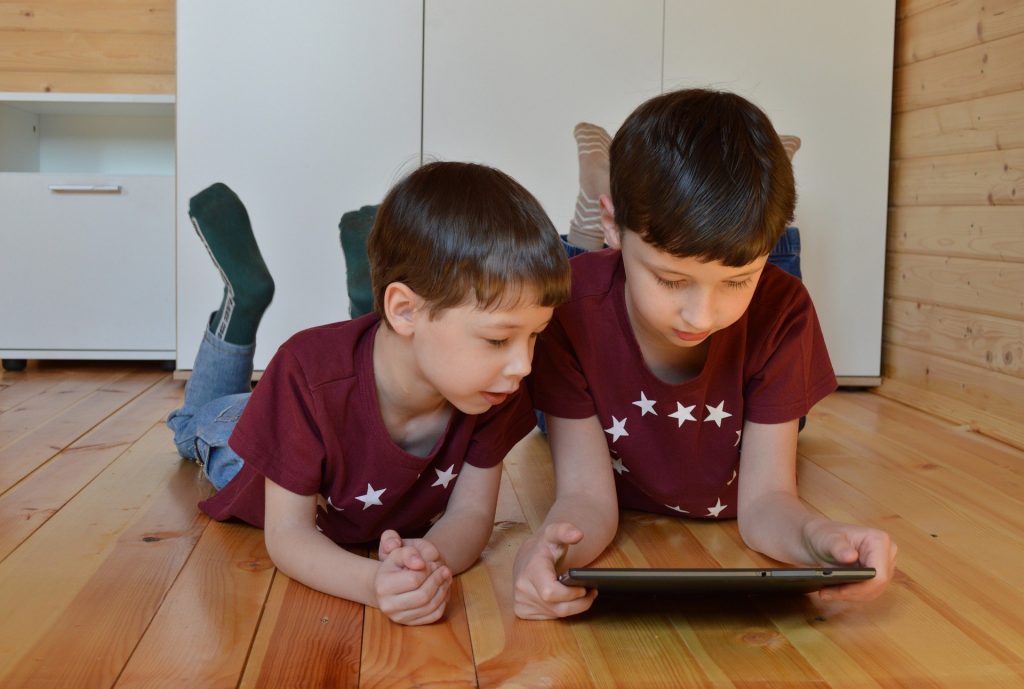From hours spent in Zoom lectures, to supervising your kids on FaceTime, to scrolling through YouTube in search of home workout videos, many of us are spending more time staring at screens than we’re used to. While it’s important to make use of these tools to stay connected as social distancing measures remain in place, the constant glow of a computer screen can feel like an additional strain on your eyes as well as your mental wellbeing. As we continue to live much of our lives virtually, consider these helpful tips and tricks on how to step away from your screen without stepping away from your life.
For students doing virtual learning…
- Plan your day on paper. Starting your morning by writing out a to-do list can be a way to stay organized and clear your mind before you enter a long day of back-to-back Zoom meetings. If you do a lot of essay writing, you could also do your brainstorming or outlining on paper rather than staring at a blank Word document. For test-based courses, you might want to print out practice questions and hand write your answers. Both these options give you a great excuse to turn off your computer screen and find a new focus.
- Explore podcasts and audiobooks to supplement online learning. We consume a lot of media through our screens, but when you’re not feeling like staring at a computer, podcasts and audiobooks can serve as great substitutions. Whether you use these mediums as a new form of entertainment or as an educational resource, podcasts and audiobooks can help you give your eyes some much needed rest. If you’re interested in recommendations, our Library and Communications Coordinator, CJ, recently compiled a list of family-oriented podcasts for you to check out. For audiobooks, downloading the free Libby app and linking it to your Toronto Public Library card will grant you access to the library’s entire audiobook collection.
- Try out text-to-speech. Ever consider listening to your course readings? Most computers have a text-to-speech function located under the “Accessibility” tab in settings, which can recite your readings or class notes for you. It might sound like being lectured by a robot at first, but using text-to-speech can be a great relief when you need to rest your eyes for a paragraph or two.
- Stick to the 20-20-20 rule. Move away from your screen every 20 minutes to look at something 20 feet away for 20 seconds. This trick also works well when studying, as the short breaks can help you better absorb the material you’re reviewing.
For parents with kids coping with screen overload…
- Create a tech-free zone or schedule screen-free activities throughout the day. You might have heard about creating separate spaces for work and play at home, but what about a tech-free station? Being “deviceless” can help you live in the moment, unwind, and focus more on what you’re doing without worrying about what’s happening on social media. Catherine Price, author of How To Break Up With Your Phone: The 30-Day Plan To Take Back Your Life, suggests making time for offline activities tailored to your schedule and preferences: “We take an evening a week where we actually do not schedule Zoom calls […] and we turn off our screens and we keep them off until the following morning. People can customize that as they want. You could have your phone on “Do Not Disturb” but allow calls from important people to come through if you feel anxious about that.”
- Slow down. In children, fast-paced media are suspected to challenge attention spans. Many popular video games and children’s apps have flashy features that make them difficult to stop playing and can hinder children’s developing attentiveness. For instance, one study put 4-year-olds in M.R.I. machines and found that a cartoon overloaded children’s audio and visual brain networks. For little kids, YouTube is stocked with tons of read-aloud videos that can help foster more connectivity across brain regions. Check out this playlist of children’s stories ranging from 10-15 minutes long.
- Focus on feelings, not screens. Anya Kamenetz, author of The Art of Screen Time: How Your Family Can Balance Digital Media and Real Life, believes that many of our problems with technology aren’t due to the screens we are glued to, but from the alienation we feel when we allow our “experiences and tough emotions to be mediated, numbed out, [and] blurred by media.” Kamenetz states that we need to make an active effort to connect to our bodies and our feelings. You can start by checking in with your kids, asking them how they’re feeling, and helping them locate emotions as physical feelings in their bodies. Kamenetz also recommends developing a toolbox of coping strategies for your kids to use when they feel overwhelmed, such as a special blanket, a favourite song, or texting a friend.
While there have been many valid concerns about children and excess screen time over the years, the benefits of connecting through digital technology have never been more apparent in our lives than it is now. Still, it is important to reflect on how our screen usage affects our personal relationships and mental well-being. Do you have any tips for managing your family’s relationship with digital technology? Share them with us in the comments below.
